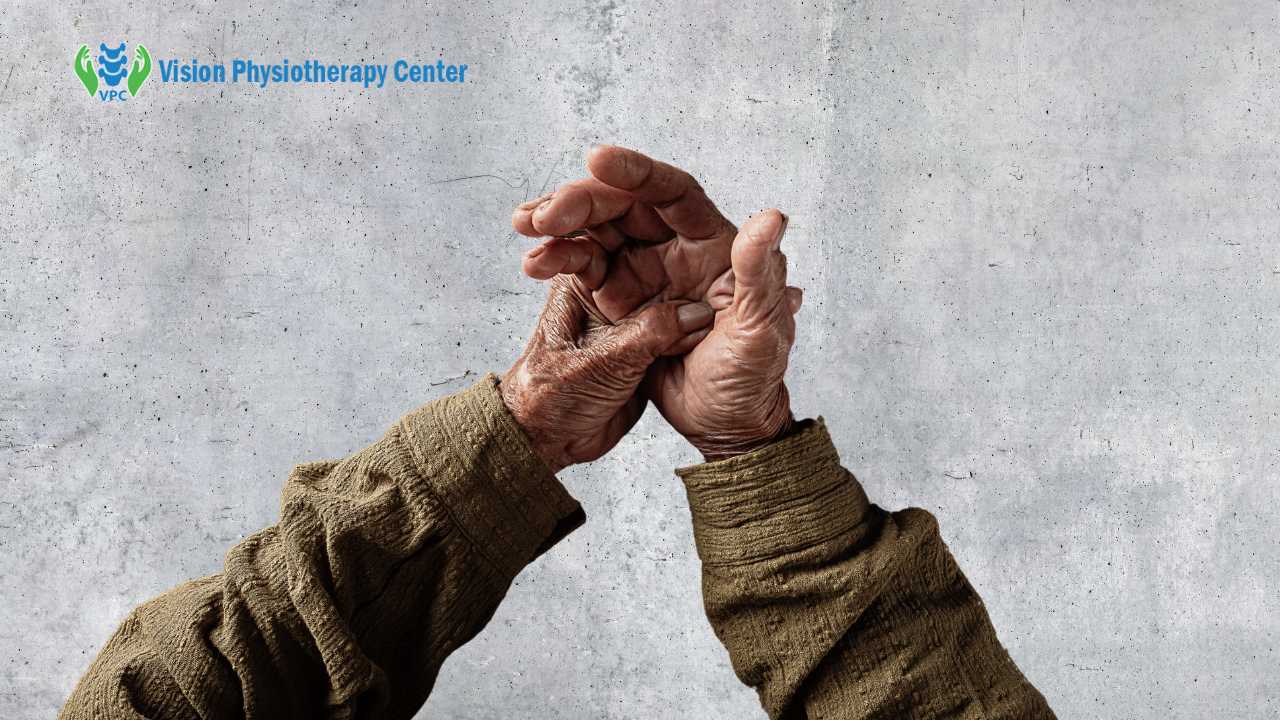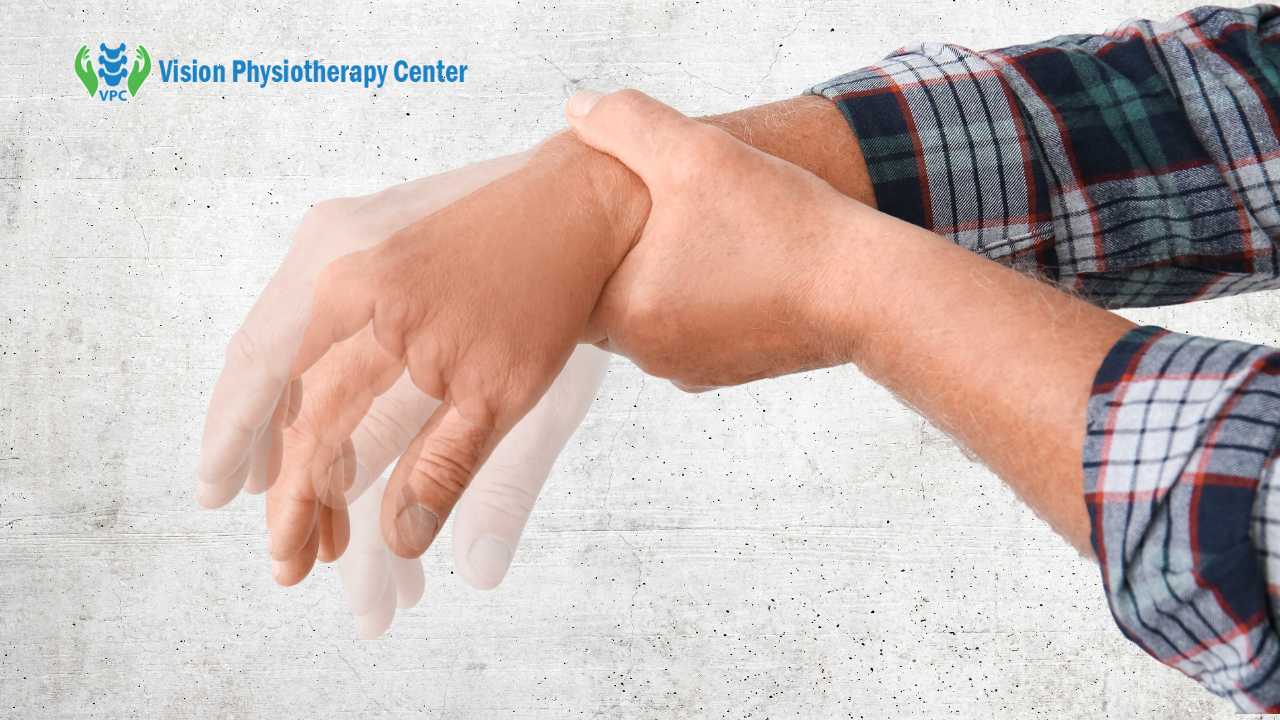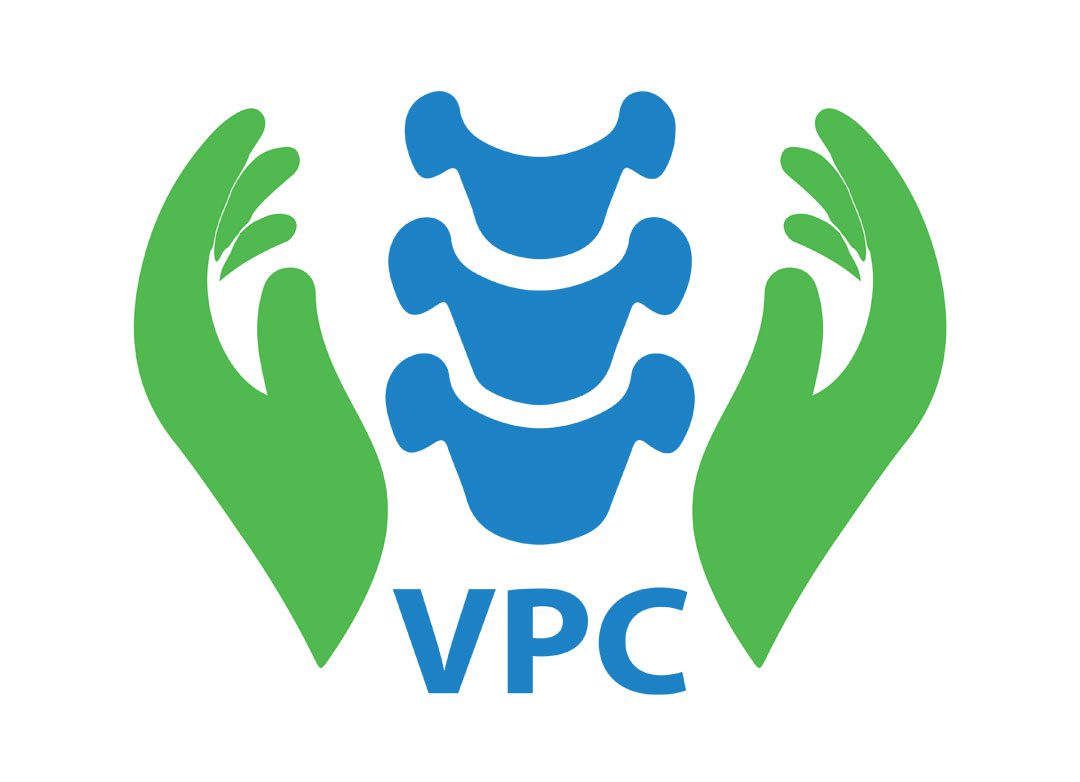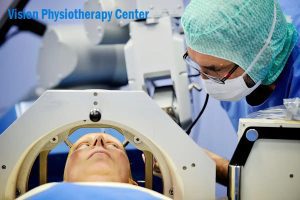Parkinson’s disease is a neurological condition that affects various aspects of an individual’s life, including movement and overall well-being. Most individuals affected by Parkinson’s disease may not be fully aware of what are the effects of physiotherapy in Parkinson’s disease.
Physiotherapy plays a crucial role in helping individuals with Parkinson’s disease improve their motor function, manage pain and musculoskeletal issues, enhance balance and postural stability, and alleviate symptoms such as rigidity and freezing of gait.
It also provides non-motor benefits by improving quality of life and mental well-being. By combining medication and physiotherapy, a holistic approach can be adopted to address both the motor and non-motor symptoms of Parkinson’s disease.
In this In this systematic review and meta-analysis, we will explore the effects of physiotherapy on Parkinson’s disease and discuss the emerging trends and innovations in this field. Join us as we uncover the significant contributions of physiotherapy in managing and improving the lives of individuals with Parkinson’s disease.
Lee Silverman Voice Treatment: The Role of Physiotherapy in Improving Motor Function & Enhancing Speech in Parkinson’s Disease
Lee Silverman Voice Treatment improves motor function in Parkinson’s disease through specific Parkinson disease physiotherapy exercises that aim to enhance mobility, balance, and coordination.
These exercises target strength, flexibility, and range of motion, enabling individuals to regain control over their movements and reduce the risk of falls.
Additionally, physiotherapists offer valuable guidance on posture and movement, empowering patients to actively engage in their treatment and ultimately improve their overall quality of life.
The Role of Physiotherapy in Managing Pain and Musculoskeletal Issues in Parkinson’s Disease
Physiotherapy plays a crucial role in managing pain and musculoskeletal issues in individuals with Parkinson’s disease, positively impacting their overall well-being and functional abilities. If you want to know what are the effects of physiotherapy on Parkinson’s disease or the impact of it according to Parkinson’s disease physiotherapy guidelines.
You should know that through a combination of manual therapy techniques, stretching exercises, and strengthening exercises, physiotherapists target specific areas of pain and discomfort, aiming to improve joint mobility, reduce muscle stiffness, and address musculoskeletal imbalances.
By implementing personalized treatment plans, physiotherapy helps alleviate pain, enhance flexibility, and improve overall musculoskeletal function, resulting in better movement control, functional independence, and improved quality of life for individuals with Parkinson’s disease. Also physiotherapists employ movement strategies to overcome movement challenges commonly associated with Parkinson’s disease.
The Impact of Physiotherapy on Balance and Postural Stability in Parkinson’s Disease
Physiotherapy dramatically improves balance and postural stability in Parkinson’s disease. Through targeted exercises, it strengthens core muscles, enhances flexibility, and improve coordination. This reduces the risk of falls and promotes better posture, empowering patients to regain control, mobility, and independence.
Physical Therapy for Parkinson’s Gait and Enhancing Mobility
Physiotherapy techniques enhance mobility and gait in Parkinson’s disease. Exercises strengthen muscles, improve balance, and coordination, and address gait abnormalities. Personalized treatment plans help individuals regain movement control, increase walking confidence, and improve overall functionality.

The Benefits of Exercise-Based Physiotherapy in Parkinson’s Disease Management
– Exercise-based physiotherapy offers significant benefits in managing Parkinson’s disease.
– It improves strength, flexibility, balance, and coordination.
– Regular exercise-based physiotherapy can reduce symptom severity and enhance mobility.
– It helps manage motor fluctuations and reduces the risk of falls.
– Exercise-based physiotherapy has psychological benefits, boosting mood and reducing stress.
– It increases self-confidence and empowers individuals to take control of their health.
How Physiotherapy Can Help Alleviate Rigidity and Bradykinesia in Parkinson’s Disease?
Physiotherapy plays a vital role in alleviating rigidity and bradykinesia, two common symptoms of Parkinson’s disease. Through targeted techniques and exercises, physiotherapists work to reduce muscle stiffness and improve movement speed.
They focus on stretching, range of motion exercises, and specialized techniques to enhance flexibility and counteract the slow movement associated with bradykinesia. Physiotherapy interventions, tailored to each individual’s needs, can effectively reduce the impact of these symptoms, allowing individuals with Parkinson’s disease to experience greater freedom of movement and improved overall function.
The Role of Physiotherapy in Managing Freezing of Gait in Parkinson’s Disease
Through specific exercises and interventions, physiotherapists help individuals overcome episodes of sudden and temporary gait freezing. They employ techniques such as cueing, visual or auditory prompts, and rhythmic movements to facilitate smoother and continuous walking.
By improving balance, coordination, and step initiation, physiotherapy interventions aim to reduce the frequency and severity of freezing episodes. The personalized approach of physiotherapy empowers individuals with Parkinson’s disease to regain control over their gait and maintain independence in their daily activities.
The Effectiveness of Physiotherapy in Reducing Falls and Fall-Related Injuries in Parkinson’s Disease
Physiotherapy proves to be highly effective in reducing falls and fall-related injuries in individuals with Parkinson’s disease. Through a combination of targeted exercises, balance training, and gait improvement techniques, physiotherapists work to enhance stability and mobility, reducing the risk of falls.
They focus on strengthening key muscle groups, improving coordination, and addressing specific factors that contribute to falls, such as postural instability. By implementing personalized treatment plans, physiotherapy helps individuals with Parkinson’s disease regain confidence in their movements and significantly decreases the incidence of falls and fall-related injuries.
Non-Motor Benefits of Physiotherapy in Parkinson’s Disease: Improving Quality of Life and Mental Well-being
Physiotherapy for Parkinson’s disease improves the quality of life and mental well-being. It enhances overall functioning, reduces anxiety and depression, and fosters a sense of empowerment and control. By focusing on holistic well-being, physiotherapy contributes to better life satisfaction.
Combining Medication and Physiotherapy: A Holistic Approach to Parkinson’s Disease Management by Physiotherapist
Combining medication and physiotherapy provides a holistic approach to managing Parkinson’s disease. This comprehensive approach addresses both the motor and non-motor symptoms of the condition. Medication helps manage the biochemical imbalances in the brain, while physiotherapy focuses on enhancing mobility, balance, and overall functioning.
By working together, medication and physiotherapy can effectively control motor symptoms, reduce the risk of falls, improve quality of life, and promote overall well-being. This integrated approach ensures a more comprehensive and personalized treatment plan for individuals with Parkinson’s disease.
The Impact of Physiotherapy on Cognitive Function in Parkinson’s Disease
Physiotherapy positively impacts cognitive function in Parkinson’s disease. Through targeted exercises, it improves attention, memory, and executive function. Physical activity stimulates brain function and enhances cognitive performance. By addressing both motor and cognitive aspects, physiotherapy plays a crucial role in optimizing cognitive abilities in Parkinson’s disease.
What are the effects of physiotherapy in Parkinson’s disease: Enhancing Respiratory Function
If want to answer the question about what are the effects of physiotherapy in Parkinson’s disease so the answer is Physiotherapy in Parkinson’s disease can improve motor function, balance, and overall quality of life. that means physiotherapy plays a vital role in enhancing respiratory function in individuals with Parkinson’s disease.
Through specific physical exercise, breathing techniques, and chest physiotherapy, physiotherapists help improve lung capacity, strengthen respiratory muscles, and promote effective breathing patterns.
These interventions can help manage respiratory symptoms commonly associated with Parkinson’s disease, such as reduced lung capacity and difficulty with coughing or clearing secretions. By optimizing respiratory function, physiotherapy contributes to better overall health, increased endurance, and improved quality of life for individuals living with Parkinson’s disease.
Emerging Trends and Innovations in Physiotherapy for Parkinson’s Disease
Innovations in physiotherapy for Parkinson’s disease are advancing treatment options. Technologies like virtual reality and robotics improve motor function, while telerehabilitation increases accessibility. These trends enhance management and quality of life for individuals with Parkinson’s disease. However, it is essential to consider the cost of physiotherapy in this context.
Repetitive Transcranial Magnetic Stimulation (rTMS) for Parkinson Advance Treatment in Physiotherapy Intervention
rTMS (repetitive transcranial magnetic stimulation) has emerged as an advanced treatment option for Parkinson’s disease, offering promising results. This non-invasive procedure uses magnetic fields to stimulate specific areas of the brain, helping to alleviate motor symptoms and improve overall motor function.
rTMS is believed to modulate abnormal brain activity associated with Parkinson’s, providing a potential alternative or complementary therapy to medications. As research continues, rTMS holds great potential in enhancing the quality of life for individuals living with Parkinson’s by offering a targeted and safe treatment approach.
rTMS has shown promising effects on the activities of daily living (ADL) in individuals with Parkinson’s disease. ADL refers to the basic tasks involved in self-care and independent living, such as dressing, bathing, eating, and mobility.
Conclusion
Hope know you well understand that what are the effects of physiotherapy on Parkinson’s disease and agree that physiotherapy plays a critical role in the physiotherapy management of parkinson disease . Physiotherapy management of Parkinson’s disease offers a range of benefits, including improvements in motor function, balance, mobility, pain management, cognitive function, and respiratory function.
Through personalized treatment plans and targeted interventions, physiotherapists empower individuals with Parkinson’s disease to regain control, enhance their quality of life, and promote overall well-being. The combination of medication and physiotherapy provides a holistic approach to managing the condition, addressing both motor and non-motor symptoms.
Additionally, emerging trends and innovations in physiotherapy, such as virtual reality and telerehabilitation, offer exciting possibilities for advancing treatment options and improving outcomes for individuals with Parkinson’s disease.
By recognizing the vital contributions of physiotherapy in addressing the challenges of Parkinson’s disease, we can better support those living with the condition and enhance their overall health and well-being.





